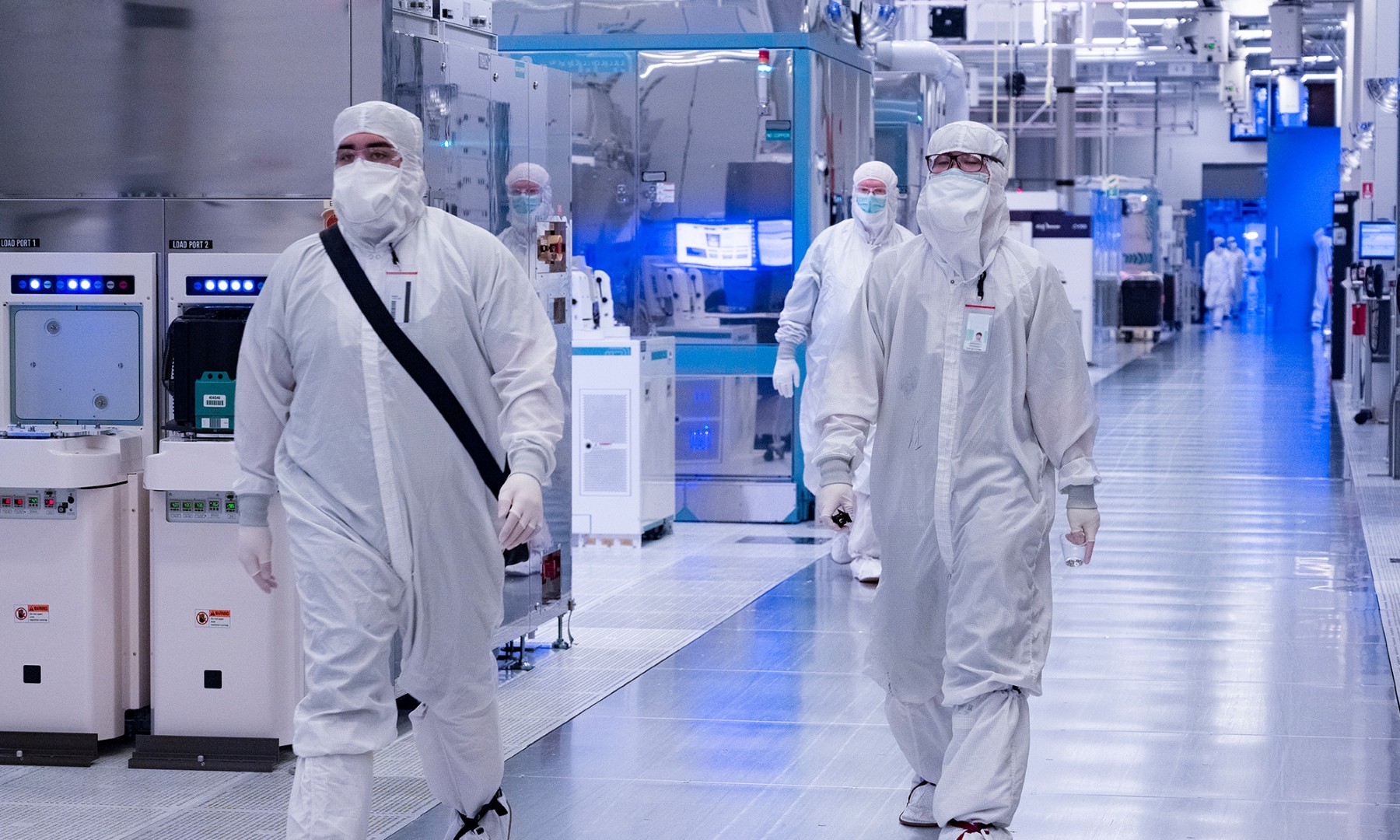Advanced Micro Devices (AMD 2.53%) came into 2020 with solid momentum in the PC processor market thanks to its technological advantage over main rival Intel (INTC 3.57%). As it turns out, Intel's supply-related bottlenecks and the failure of its 10-nanometer (nm) CPUs (central processing units) to perform as expected have been tailwinds for AMD so far this year.
According to Steam's hardware and software survey for the month of February, 21.39% of respondents were running AMD processors, while the rest were on Intel CPUs. For AMD, that's a nice improvement over the 19.38% share it held at the end of Dec. 2019. And it won't come across as a major surprise if it gives Intel sleepless nights for the remainder of the year.

Image Source: Getty Images
Intel's shortcomings are proving costly
AMD has been consistently clawing away market share from Intel in the PC processor market for over a year now. Mercury Research recently reported that AMD held 18.3% of the desktop processor market at the end of 2019, an impressive jump of 2.4 percentage points over the prior-year period. What's more, that was the highest market share AMD had clocked in this market in over five years.
The Steam report shows that AMD's progress in the PC processor space has continued in 2020, and it can thank its rival for that. Intel's 10nm chips were consistently delayed, allowing AMD to take the lead in the market. The first batch of processors based on the 10nm platform finally saw the light of day last year, but they are probably not as good as Intel had anticipated if comments from CFO George Davis are considered. At a recent Morgan Stanley industry conference, Davis said:
Look, this just isn't going to be the best node that Intel has ever had. It's going to be less productive than 14 [nanometer], less productive than 22 [nanometer] ... The fact is, like I said, it isn't going to be as strong a node as people would expect from 14 [nanometer] or what they'll see in 7 [nanometer].
Davis added that the processors based on the 10nm manufacturing node may not be "quite the performer that historically we've had." This gives us a hint as to why Intel's market share has continued to slip this year.
AMD looks all set to take more market share
AMD's 7nm-based Ryzen 3000 desktop CPUs have been on the market for the better part of a year now. The market share numbers indicate that they have been beating Intel's chips thanks to their competitive pricing and performance.
AMD has now upgraded its laptop processor line-up to the 7nm platform with the launch of the Ryzen 4000 mobile chips. The company is making some huge claims about the potential performance of these new chips compared to their Intel counterparts.
More importantly, AMD seems to have convinced laptop OEMs (original equipment manufacturers) to make devices based on the Ryzen 4000 mobile platform. The chipmaker says that over 100 devices featuring the new chips will be launched in 2020, with shipments beginning as early as the first quarter.
Intel's response isn't expected to arrive until late 2020 when the company is expected to launch its Tiger Lake chips based on the 10nm+ manufacturing process. Though Intel is promising an improved graphics performance and a double-digit improvement in performance over the previous-generation platform, AMD will likely have momentum behind it as the widespread adoption of Ryzen 4000-based devices indicates.
So don't be surprised to see AMD corner more of the PC processor market this year and keep up the impressive growth of its computing and graphics business. The company's revenue from this segment was up 14% annually in 2019 and increased a whopping 69% year-over-year during the fourth quarter once its new product line-up hit the market.
As AMD gets nearly 70% of its revenue from the computing and graphics business, the launch of the new Ryzen chips and the company's advantage over Intel could translate into more top-line gains this year. This is one of the reasons why AMD remains a top tech stock in 2020, and it's witnessing market share gains elsewhere too.








